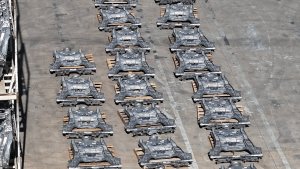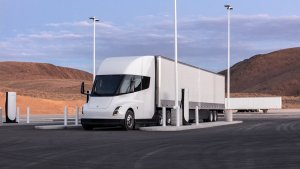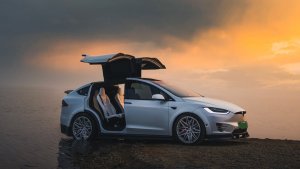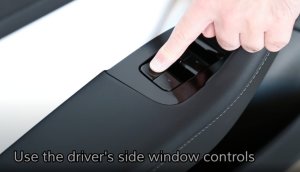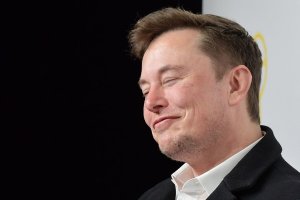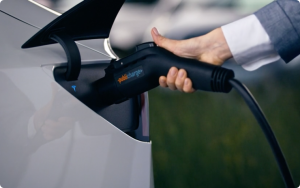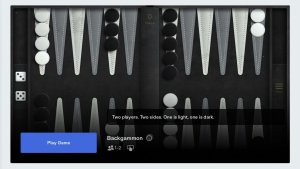Tesla Officially Unveils the 2025 Model Y - New Turn Signal Stalk, Front Camera, New Color, Light Bars and More

After a long wait, Tesla has finally launched the refreshed Model Y - the world’s best-selling vehicle - in China. The vehicle is available for pre-order throughout the Asia-Pacific market, so let’s dive into everything new.
Currently, Tesla’s order page expects the first vehicles - the Launch Series - to begin deliveries to customers in May 2025, just about four months away. For now, there are just two variants - the Rear Wheel Drive, and the Long Range, All Wheel Drive model.
Launch Series Edition
Similar to the Foundation Series Cybertrucks, the Launch Series Model Y’s are a limited release and include a set of additional options.
You’ll get an exclusive Launch Series badge on the rear liftgate and doorsill plate. Plus, the Launch Series badging shows up in the puddle lights too. The charging console also has “LAUNCH” as a wordmark on the trim, and the interior comes with an exclusive black vegan suede finish.
Launch Series for the Long Range AWD also comes with Acceleration Boost, the first time Tesla has ever included the feature outside of an “in-app” purchase.
What’s New
There are a lot of new things in the 2025 Model Y, from a new and sharp-looking exterior, an improved interior, and even better specs to round off the whole package. There are even several surprises that we didn’t know about. There’s a lot to like here.
Exterior
Tesla has redesigned the front and rear of the vehicle with iconic new light bars, which they mention increase vehicle aerodynamics, efficiency, and range. Part of this includes redesigned body castings for the Model Y refresh, reducing parts from 70… to just one. That’s fewer gaps, all designed to make an even quieter ride than before. We’re excited to see how all these improvements perform - after all, increasing stiffness is the key to a better ride.
The front bumper camera is also visible - so that’ll be the first for a Tesla vehicle outside of the Cybertruck. Hopefully, they’ll include it in FSD and Actually Smart Summon as well, but right now, at least on the Cybertruck, it’s only used for Autopark or, of course, to use it manually.

Indirect Rear Light Bar
The rear light bar is actually not aimed away from the car - but at it. According to Tesla, it's the first indirect reflective body panel taillight - and it looks cool. Tesla has also redesigned several curves on the car - it looks far more aerodynamic and cuts a sharp figure over the original Model Y. These changes will improve range and performance.

Tesla has also introduced a new color - Glacier Blue - exclusive to the 2025 Model Y Refresh for now. The standard color option is Stealth Grey, while Pearl White Multicoat, Glacier Blue, Quicksilver, and Ultra Red are all available as options.

Tesla has also removed the hitch option from the Model Y Refresh. This is a big change - it was the only non-premium level Tesla vehicle to include a tow hitch. We’re hoping that Tesla does include a tow hitch in versions coming to North America and Europe - as many users do use them. If it is indeed gone, that’ll mean the only vehicles left in the lineup with tow hitches will be the Cybertruck, Model S, and Model X.
Interior
First up - ventilated seats and ambient lighting will be the first two things you see, along with new soft-touch finishes across the interior. Tesla has really hit the mark with the interior of the Model Y Refresh - it looks clean and sharp.

The updated interior still features a 15.4-inch touchscreen - the same size as previous models but also includes an 8” rear touchscreen for all versions of the vehicle, similar to the refreshed Model 3.
Tesla has added improved connectivity to the vehicle - improving the range for the Phone Key, clearer calls, and faster cellular and Wi-Fi connectivity. This is likely a chipset improvement for the infotainment module - and includes a newer version of Bluetooth, as well as support for 5G. We’ll dig into these details once we know more.
The updated speakers are cleverly hidden away inside the trims, and we expect a lot of improvements for Tesla’s already fantastic audio - especially in the Long Range AWD version.
One of the coolest features is power reclining seats - you’ll be able to recline or raise your rear seats at the touch of a button in the rear of the vehicle and potentially in the vehicle menu, too. That’s going to be an amazing convenience feature for families and those moving luggage around.
Turn Signal Stalk
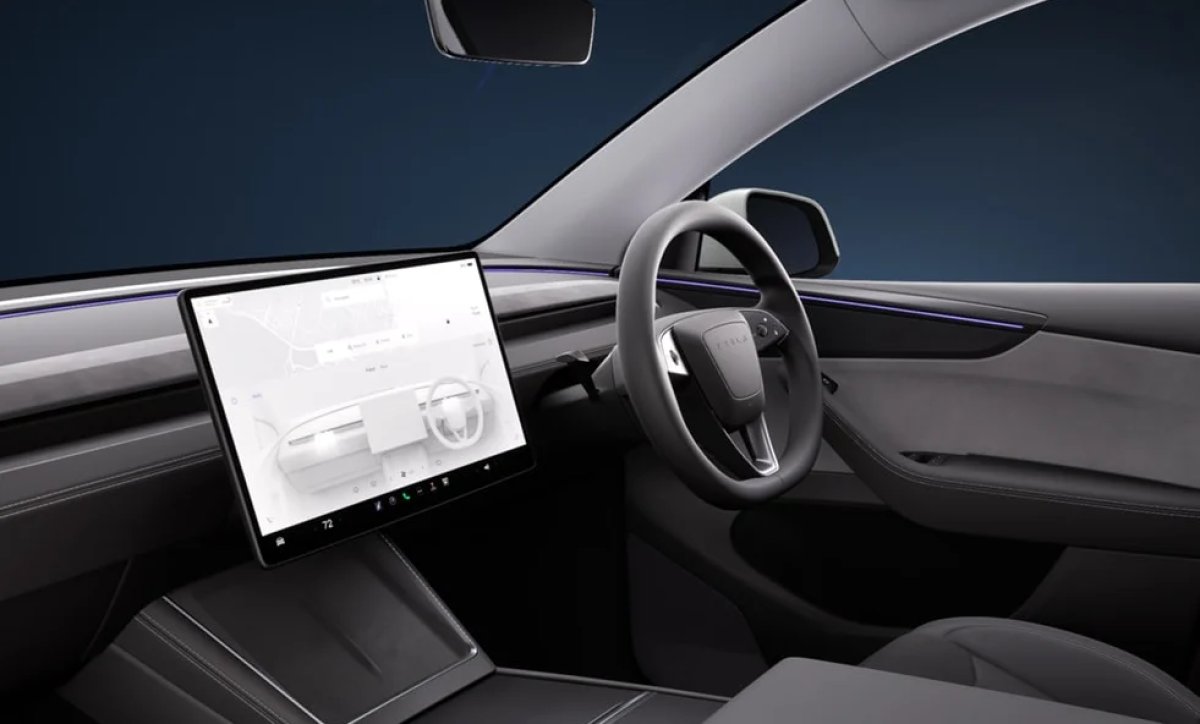
In a surprising move, Tesla says they have listened to customer feedback and added a precision-engineered turn signal stalk. There’s only a single stalk on the left side of the steering wheel while the gear shifter remains on the screen and Autopilot remains as a steering wheel button.
The steering wheel buttons are similar to the Cybertruck, which provide “clicky” feedback. Since the turn signals have moved over to a stalk, Tesla is introducing customizable steering wheel buttons. You’ll likely be able to set them to features like turning on the front or rear cameras, voice commands or other features.
Handling
Just like the Model 3 refresh, Tesla has worked some magic on the suspension, improving vehicle handling and comfort while also offering more responsive steering and an even quieter ride. This includes updated tires, wheels, and a new suspension.

No word yet on Adaptive Suspension - that’ll likely be a hold-out for the Performance variant, which will show up later in 2025.
Specs
Vehicle | Range* | 0-60mph | Charging Speed (15m) |
|---|---|---|---|
2024 AWD | 501 km / 310 mi | 5.0s | 239km |
2024 LR RWD | 525 km / 326 mi | 7.9s | 250km |
2025 AWD (Juniper) | 551 km / 342 mi | 4.3s | 266km |
2025 RWD (Juniper) | 466 km / 289 mi | 5.9s | 229km |
*Range for the Model Y Refresh is WLTP, while for the 2024 vehicle, it is EPA estimates. WLTP estimates are generally on the higher side owing to geography and temperature in the Asia-Pacific.
There’s a lot to take in right here, spec-wise. The Model Y Refresh AWD is faster than its predecessor and has a considerably longer range. According to Tesla’s spec sheet, it also charges slightly faster - even faster than the current LR RWD with its LFP battery. That’s a great improvement across the board.

The RWD is less of an immediate improvement - but this is a Standard Range RWD - not a Long Range RWD, so the comparison isn’t exactly comparable to the 2024 LR RWD. It seems likely that Tesla will replace the Long Range RWD with the 2025 Standard Range RWD once it arrives in North America and Europe. However, even the RWD has a pretty hefty improvement in the 0-60 section.
When Does It Arrive
Tesla says that it’ll be shipping the Model Y Refresh in just a few short months - customer deliveries of the Launch Series should begin deliveries in May - if you’re in the Asia-Pacific region. For customers in Europe and North America, we’ll probably have to wait a few months before the 2025 Refresh arrives here - likely in the early summer months.
Tesla won’t keep people waiting too long - after all, it's the much-awaited refresh of the world’s best-selling vehicle. We’re super excited to see more of it and hopefully get our hands on it for a test drive in the future.













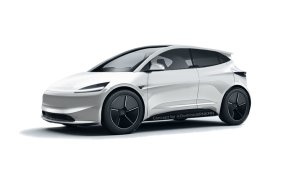
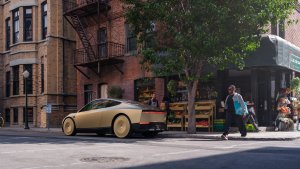
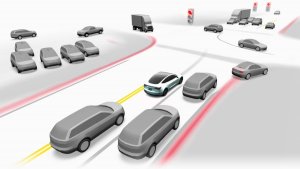
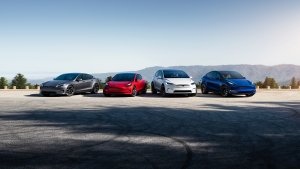
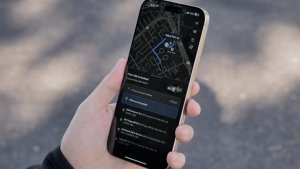
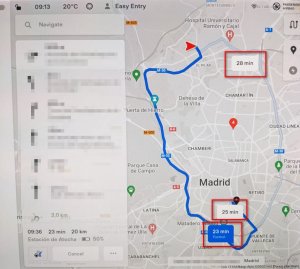
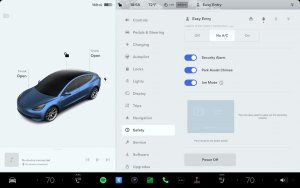
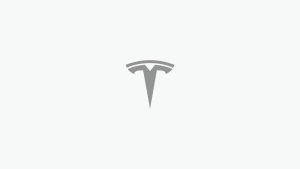
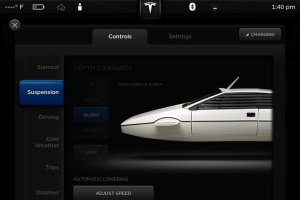
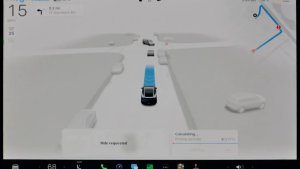
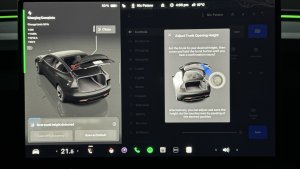
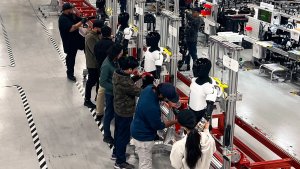
![Tesla's 2025 Q1 Earnings Call: How to Listen [Listen to Replay]](https://www.notateslaapp.com/img/containers/article_images/multiple-models/group_81.jpg/b2695a53b51e4c7927802deba2534b09/group_81.jpg)
